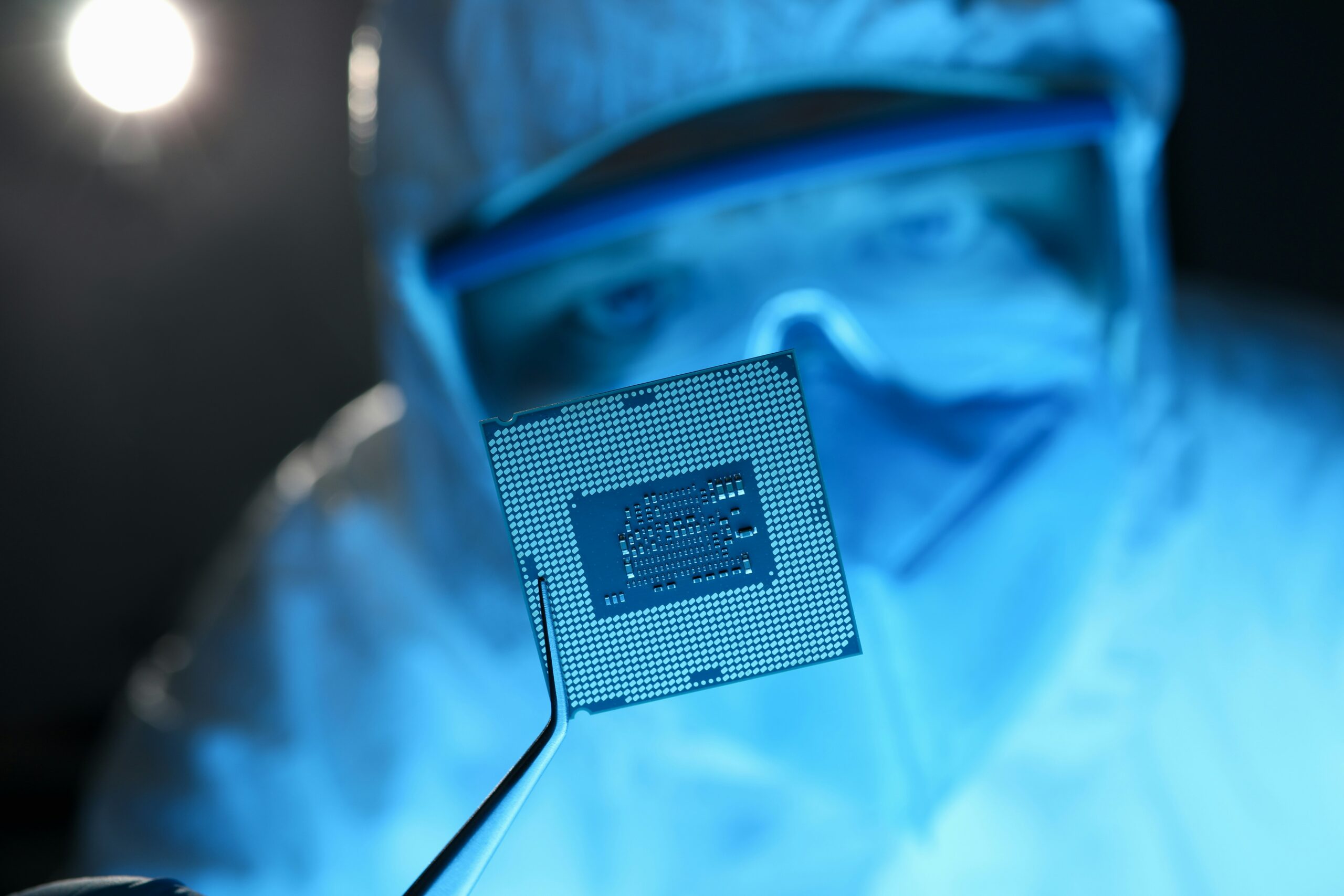Two Chinese AI chipmakers, Moore Threads and MetaX, are preparing to raise a combined $1.7 billion through initial public offerings on Shanghai’s STAR Market. The move reflects growing momentum behind China’s domestic semiconductor push, as U.S. export restrictions cut off access to advanced foreign GPUs and intensify the drive for homegrown alternatives.
Moore Threads, seeking ¥8 billion, and MetaX, targeting ¥3.9 billion, are both positioning themselves to meet increasing demand for AI-capable chips in China. Their timing is strategic: U.S. export bans on Nvidia’s high-end H20 chips and others have created a supply vacuum that local firms hope to fill. Moore Threads has been on the U.S. Entity List since 2023, limiting its access to American technologies but also increasing its relevance in China’s self-reliance narrative.
Despite showing promise, both companies remain unprofitable. Moore Threads posted a loss of ¥1.49 billion in 2024, while MetaX reported a ¥1.4 billion loss. Their combined revenue reached only ¥1.18 billion last year – underscoring the capital-intensive nature of building competitive GPU products. Still, the IPOs are expected to inject much-needed funds to scale R&D and production efforts.
Listing on the tech-focused STAR Market gives both firms access to China’s growing pool of investors eager to back strategic sectors. The platform, modeled loosely after the U.S. Nasdaq, has become a hub for emerging Chinese tech companies aiming to reduce dependency on Western capital markets and supply chains.
These IPOs follow similar moves by other Chinese chipmakers like Biren Technology, which recently raised $207 million ahead of a planned Hong Kong listing. Industry analysts point out that public-market funding is essential if local GPU makers are to compete with giants like Nvidia—not only in design innovation but also in manufacturing capacity and ecosystem development.
As geopolitical tensions reshape the semiconductor landscape, Moore Threads and MetaX represent more than business plays – they’re test cases for China’s long-term ambitions to build a self-sustaining AI and chip ecosystem. Whether they can convert investor backing into global competitiveness remains the defining challenge ahead.


